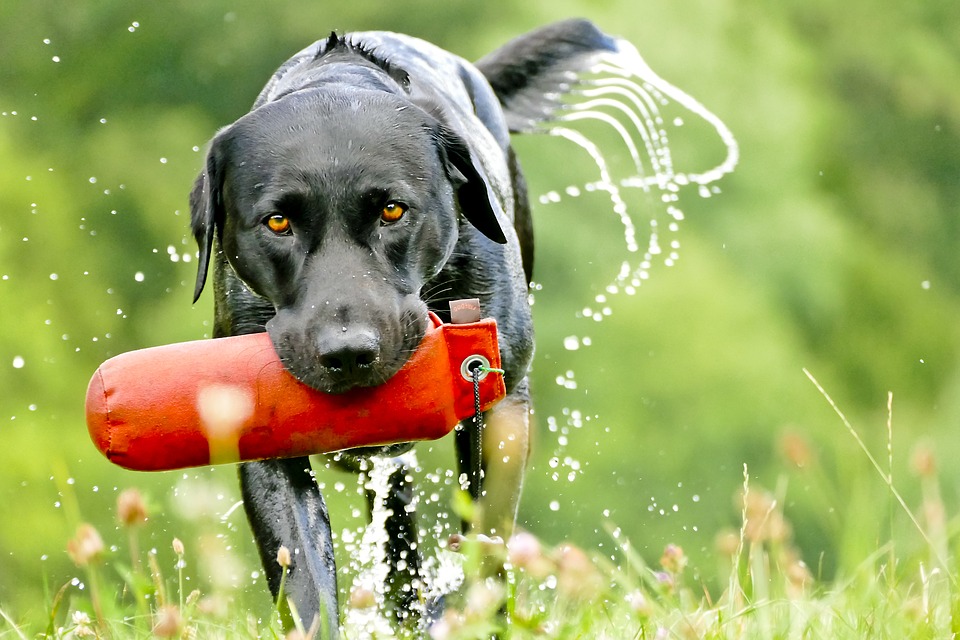It is said that the dog is the most loyal pet in the world, and it is true. They can accompany their owners anywhere and anytime. Even better, a dog is a protector and can help in daily life. But to meet the expectations of your pet, consider training him. In this article, we’re going to introduce you to the 4 gentlest methods of dog training.
Positive Reinforcement Technique
This method is based on rewarding a dog for good behavior. It was used by Dawn Sylvia-Stasiewicz, an American dog training specialist, to train the Obama family’s dog Bo.
The approach is straightforward: you immediately reward your dog every time he behaves correctly. On the contrary, when he misbehaves, you do not reward him or take away the objects he loves (toys, treats, kibbles …). Thus, he will know the behaviors to adopt as well as those to banish. Be careful! Under no circumstances should you inflict severe reprimands or physical punishment on your dog.
The positive reinforcement technique is often combined with the clicker method for greater effectiveness. In addition, all members of your family should use the same commands and reward systems to avoid confusing the dog. Keep the commands short and to the point, such as: Sit! Stay! Come! Fetch! Etc.
The Clicker Technique
Also called “clicker training”, the clicker method is based on Ivan Pavlov’s theory. This theory focuses on education obtained through the association between environmental stimuli and the body’s reflexes. You will use a clicker which is a small plastic box with a metal tongue. In the beginning, you will activate this tool to make a “click” sound. Then, you immediately give your dog a treat or a pat. You will then make him perform simple actions. If your dog performs the desired behavior, you will press the clicker and offer a reward.
Over time, the dog will get used to the clicker’s sound and understand what you want from him. Sometimes he will even do it spontaneously without expecting any reward in return. So it would be best if you encouraged him to do it again using the clicker. Like the positive reinforcement method, clicker training requires patience and consistency. Indeed, you will have to give your dog a more or less short and regular training session.
The Mimicry Technique
Also known as the “mirror method”, the mimicry technique is based on the knowledge of the dog’s tastes and the reproduction of the owner’s gestures.
The former takes into account your dog’s predispositions. You can use your dog’s abilities as a guide to learning. For example, if your dog loves to fetch, he will be much more open to positive training of the same kind.
In the second case, you will be a model for your dog. He will observe you and then reproduce your actions. The goal is to make him understand your actions but also your emotions.
The Relationship-Based Technique
Dogs are first and foremost beings that can feel human emotions, and they can also express their own emotions through their behavior (tail wagging, tongue lashing, etc.). The relationship between you and your pet must be based on trust and friendship. Get to know your pet so that you can respond to its needs. As in any relationship, communication is the key. Basically, you both need each other.
In the relationship-based method, you will learn to read your dog’s body language. Then you will need to know what actions motivate him the most and meet his basic needs. This study should be done before the beginning of each training session. Seeing that you are interested in him, the dog becomes much more receptive and tries to adopt the right behaviors. Violence has no place in this training technique. If your dog refuses to obey you, you should try to find out why. It could be a distraction, injury, etc.

1 thought on “4 “Soft” Dog Training Techniques”